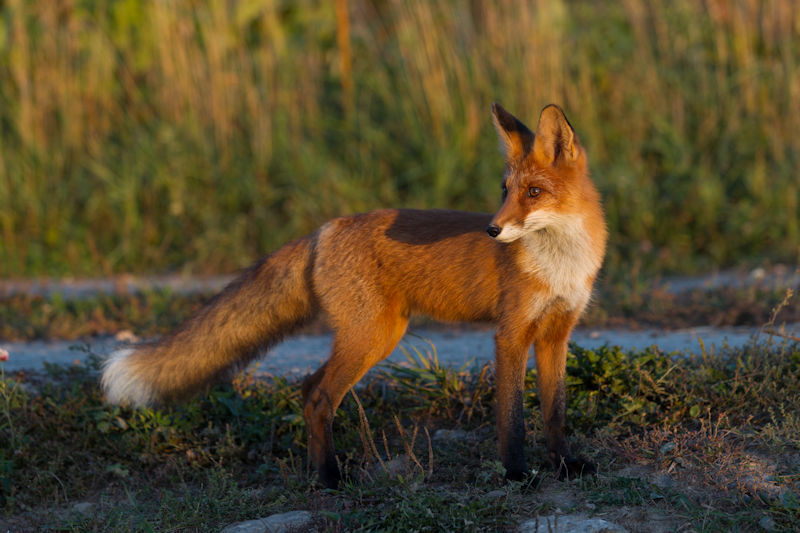In the rolling hills and dense forests of Maryland, the red fox, a creature of cunning and beauty, roams. These foxes, with their striking red coats and bushy tails, are not just icons of Maryland’s diverse wildlife but also key players in the ecological theater. However, their increasing numbers have sparked debates about wildlife management, particularly the benefits of trapping. Trapping, a method often misunderstood and sometimes maligned, plays a pivotal role in managing the red fox population, balancing ecosystems, and reducing wildlife and human conflict.
The Red Fox in Maryland: A Brief Overview
The red fox, scientifically known as Vulpes vulpes, is a small to medium-sized carnivore. In Maryland, they are found in a variety of habitats, from dense forests to urban areas. Adaptable and intelligent, red foxes have thrived, but their success brings challenges.
Wildlife Management: The Role of Trapping
Wildlife management is a science, balancing the needs of wild animals with the realities of human expansion and environmental changes. Trapping, a method as old as humanity, remains a crucial tool. In Maryland, regulated trapping helps control the red fox population, preventing overpopulation and its associated problems.
Balancing the Ecosystem: A Delicate Dance
In nature, every species plays a role, and the red fox is no exception. They prey on rodents and other small mammals, but unchecked, their appetite can disrupt local ecosystems. By managing their numbers through trapping, we ensure that other species flourish, maintaining biodiversity.
Reducing Wildlife and Human Conflict: A Necessary Step
As urban areas expand into the natural habitats of the red fox, encounters between humans and these animals have increased. Trapping helps mitigate these encounters, protecting both humans and foxes. It’s a practice not about elimination but about coexistence.
A Controversial Practice: Understanding the Ethics of Trapping
Trapping, often seen in a negative light, is a complex issue. It’s important to understand that in Maryland, trapping regulations are strict, promoting humane methods and conservation goals. This practice is not about sport but about stewardship of our natural resources.
In conclusion, the red fox of Maryland, a symbol of wild beauty, presents us with a challenge. To ensure their continued presence and the health of our ecosystems, we must embrace the role of responsible trapping. It’s a practice rooted in science, ethics, and a deep understanding of the delicate balance of nature. By doing so, we not only protect the red fox but also preserve the rich tapestry of Maryland’s wildlife for future generations.

